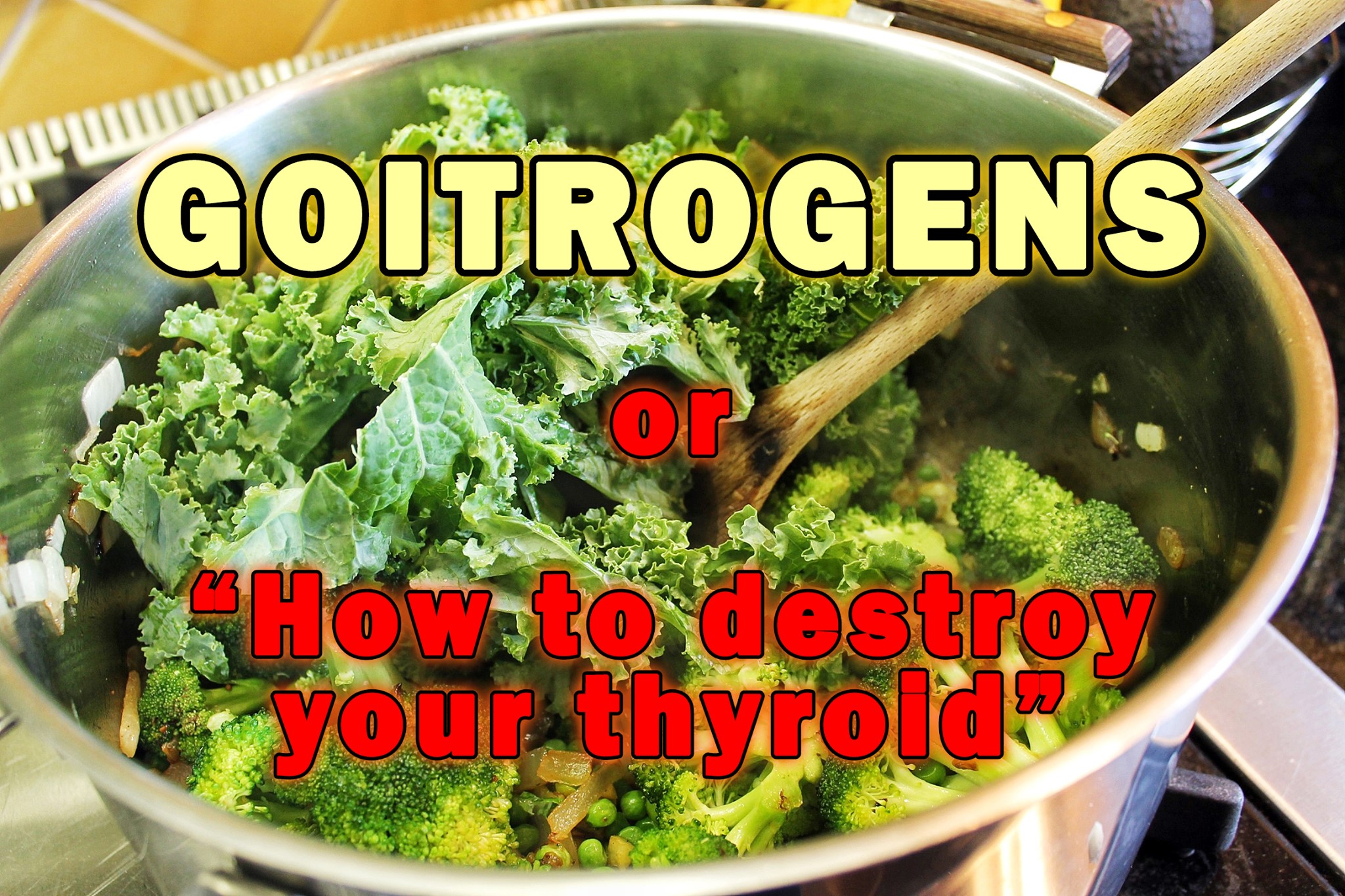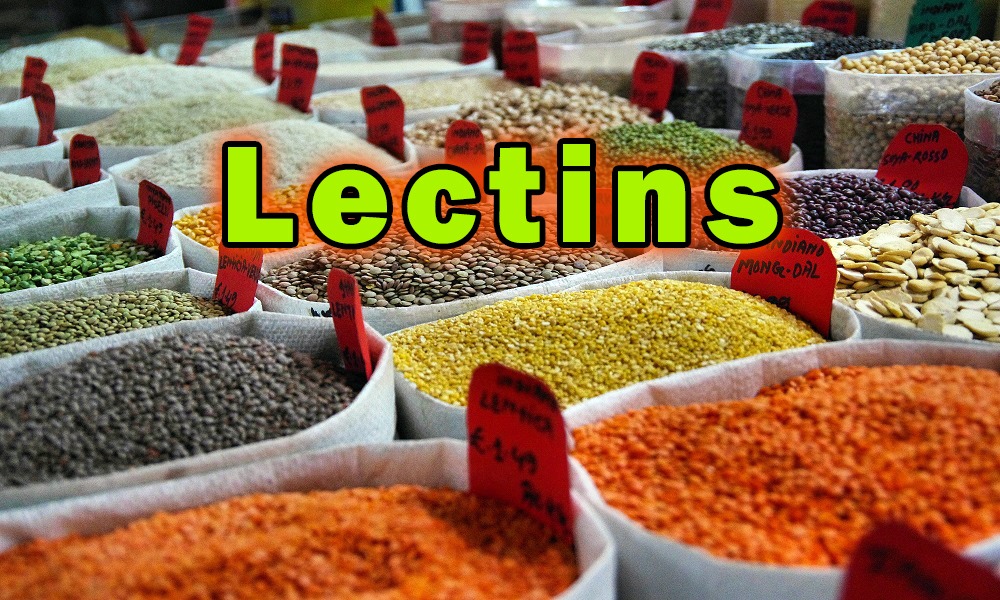Rice is Toxic Slave Food
If you’re new to me and my website, I worked daily in the Fitness-, Bodybuilding-, Gym-, and Competitive Sports industry for almost 22-years with nutrition, supplementation, and training — and was involved in it for a total of more than 26 years. Most of that time, I too was trapped in the pseudo-science of “nutrition science” and was fooled by the synthetic toxic crap of the pharmaceutical and supplement industry. My outlook and understanding […]
Rice is Toxic Slave Food Read the Full Article »





